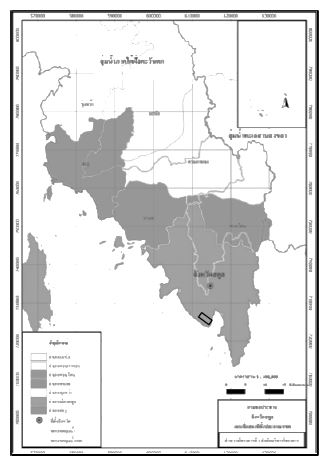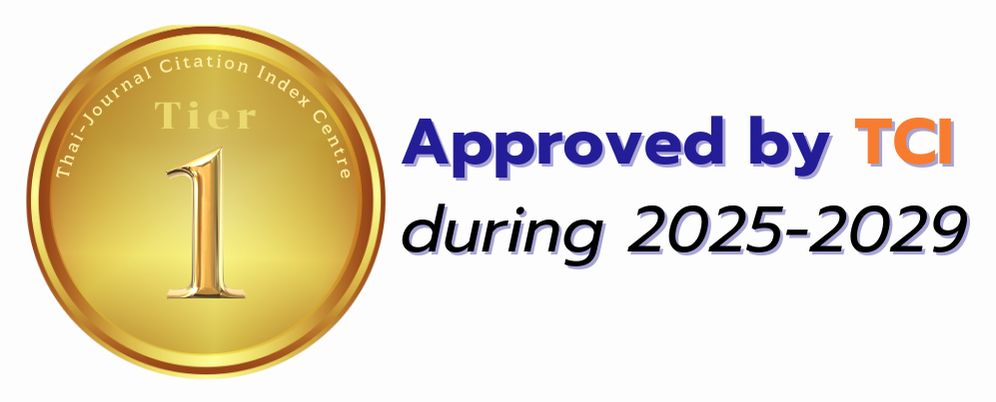Structural and Dynamics of Mangrove Forest at Mangrove Forest Resources Research Center 6 (Satun)
Keywords:
above ground biomass, carbon sequestration, mangrove forest restorationAbstract
Mangrove forest is the fragile ecosystem and difficult to restore after disturbed. This study aimed to clarify the mangrove forest structure, dynamics and carbon sequestration after natural forest restoration at Mangrove Forest Resources Research Center 6 (Satun). In 2013, a 1-ha transect permanent plot, 20 m x 500 m, was established. All trees with diameter at breast height over 4.5 cm were tagged, measure, and identified. Tree monitoring was done every 2-year during the 2013 to 2019. The results showed that tree species in 2019 of total 11 species 6 genera and 4 families were found. The total basal area and density were 27.35 m2.ha-1 and 1,016 individusl.ha-1, respectively. Plant diversity was quite low based on Shannon-Wiener index (H/ = 1.39). Family of Rhizophoraceae is the most dominance family which had highest species number and tree density (7 species and 525 individual.ha-1, respectively). Mangrove forest dynamics varied among periods and species. Tree density had decreased trended which related on high average mortality rate than increment rate (0.13?0.22 and 5.66 ?0.69 %.y-1, respectively). The species of Bruguiera parviflora had the highest mortality rate. The above-ground biomass and carbon sequestration in mangrove forests were 278?33.62 ton.ha-1 and 130.73 ?15.83 tc.ha-1, respectively. The species of Rhizophora apiculata had the highest above-ground biomass (189.22 ton.ha-1). Indicating this species had well growth and high efficiency to select for planting in the mangrove restoration program of Thailand. In addition, these strategies can increase carbon storage in the mangrove forest which may support the mitigation and adaptation on climate change in national and international levels.
Downloads



.png)





